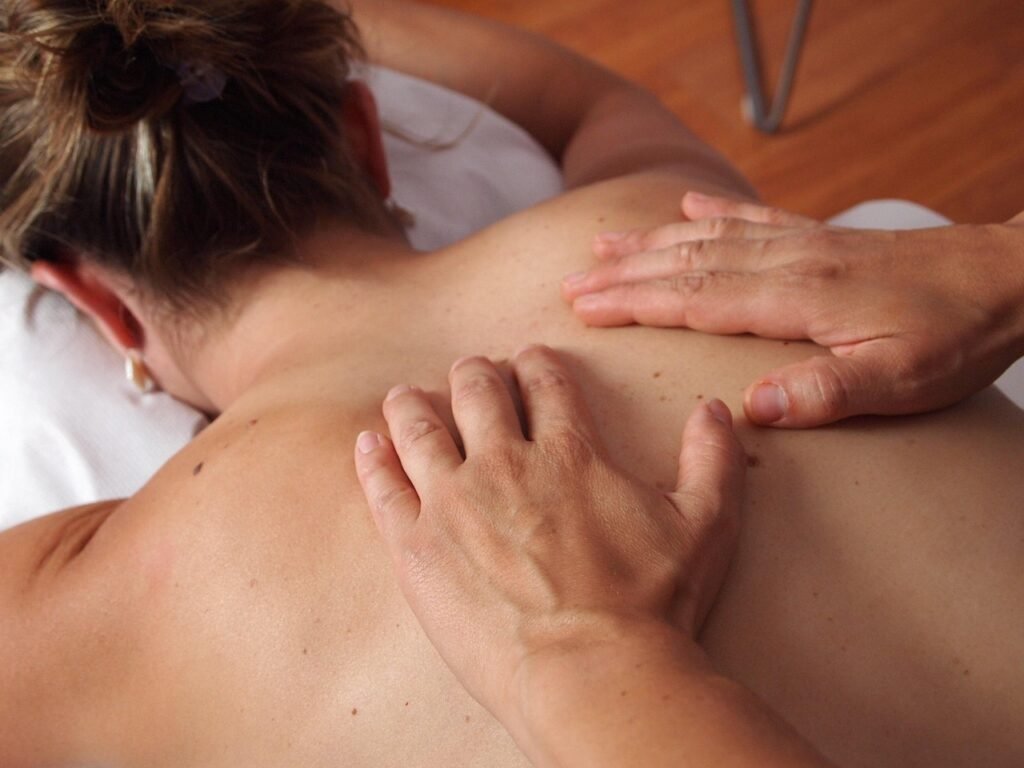Have you ever thought about how your body responds to injury or surgery? The way we recover can often determine how quickly we can return to our everyday lives. One approach that has gained traction in recent years is Cold plunge therapy, particularly when it comes to managing post-surgery inflammation. Let’s take a closer look at this therapy and how it can be beneficial for your healing process.
What is Cold Plunge Therapy?
Cold plunge therapy involves immersing your body in cold water for a brief duration. You might imagine someone stepping into a chilly river or a specially designed cold plunge tub. The temperature of the water usually hovers around 50°F to 60°F (10°C to 15°C). It sounds intense, right? But the purpose is crystal clear: to harness the power of cold exposure to stimulate recovery and reduce inflammation.
The act of subjecting your body to cold water can initiate a series of physiological reactions that promote healing. While it may seem daunting, those who practice it often report a feeling of invigoration and renewed energy.
How Does Cold Plunge Therapy Work?
The Science Behind Cold Water Exposure
When you immerse yourself in cold water, your body goes through a series of physiological responses. These may include the constriction of blood vessels (known as vasoconstriction), which helps to reduce swelling and inflammation. After you exit the cold water, the blood vessels widen again (vasodilation), allowing fresh, oxygen-rich blood to circulate through your body.
Key Benefits of Cold Plunge Therapy
| Benefit | Explanation |
|---|---|
| Reduces Inflammation | Cold water therapy lowers temperatures in affected areas, alleviating swelling and soreness. |
| Speeds Up Recovery | Accelerates healing by promoting better blood flow and nutrient delivery to injured tissues. |
| Eases Muscle Pain | Cold exposure can numb the pain receptors in your body, providing relief from discomfort. |
| Enhances Mood | The shock of cold water can trigger the release of endorphins, improving your overall mood. |
| Boosts Immune Response | Cold water can stimulate the immune system, potentially making you more resilient against infections. |
The Role of Inflammation in Recovery
Understanding inflammation is key to appreciating the role cold plunge therapy can play. Inflammation is your body’s natural response to injury, a necessary process that helps protect and heal. However, excessive inflammation can lead to prolonged pain and hinder recovery.
By managing inflammation effectively, you can create a more conducive environment for healing. Cold plunge therapy serves as one tool to keep that inflammation in check, thereby speeding up your journey to recovery.

When to Use Cold Plunge Therapy Post-Surgery
Timing Matters
You might be wondering when the best time to implement cold plunge therapy is during your recovery. Ideally, using cold water therapy should start as soon as possible after your surgery. Experts suggest that within the first 24 to 48 hours post-surgery, your body is particularly susceptible to inflammation. By jumping into a cold plunge, you can help mitigate swelling and stabilize the healing process.
However, always consult with your healthcare provider before beginning any new therapy after surgery to ensure it’s appropriate for your specific situation.
Incorporating Cold Plunge Therapy into Your Routine
It’s not just about the plunge itself; it’s about how you integrate it into your overall recovery strategy. Here are some steps to make cold plunge therapy work for you:
- Set a Schedule: Plan to use the cold plunge regularly, perhaps once or twice a day in the initial days post-surgery.
- Duration: Start with shorter durations of about 1-3 minutes. You can gradually increase the time if your body responds well.
- Follow Up: After your stint in the cold, follow with gentle movements or a warm shower to stimulate circulation.
Preparing for Your Cold Plunge
Choosing the Right Setting
You need to consider where you will be doing your cold plunge. If you have access to a cold plunge tub, great! If not, you can use a bathtub filled with cold water and ice or even find natural bodies of water like lakes or rivers. Just make sure the water is cold enough to provide the benefits you’re seeking.
What to Expect
The first plunge can be a bit shocking, and that’s completely normal. You might feel immediate tightness in your muscles and skin, but don’t let that discourage you. Soon enough, your body will adapt, and you’ll begin to reap the benefits. If you feel too uncomfortable, don’t hesitate to step out sooner.

Safety Precautions
Listen to Your Body
Cold plunge therapy might not suit everyone, especially those with certain medical conditions. It’s crucial to pay attention to how your body feels. If you start feeling dizzy, excessively cold, or experience pain, get out immediately. You want to feel invigorated and refreshed, not sidelined by discomfort.
Consult a Professional
If you have any pre-existing health conditions, it’s wise to consult your healthcare provider before starting cold plunge therapy. They can offer personalized advice based on your medical history.
Combining Cold Plunge Therapy with Other Recovery Strategies
A Holistic Approach
Cold plunge therapy is most effective when it’s part of a broader post-surgery recovery plan. Consider integrating other recovery techniques like:
- Physical Therapy: Work with a therapist who can guide you through exercises tailored to your needs.
- Nutrition: Fuel your body with nutrient-rich foods to support healing.
- Hydration: Keep yourself well-hydrated to help manage inflammation.
- Sleep: Ensure you are getting enough rest, as this is when your body does a majority of its healing.
Mindfulness and Relaxation Techniques
Incorporating mindfulness practices such as meditation or breathing exercises can enhance the benefits of cold plunge therapy. These techniques help manage stress, which is crucial for recovery.

Personal Experiences and Testimonials
You might be curious about how others have experienced cold plunge therapy after surgery. While each person’s journey is unique, many share similar benefits that encourage them to continue this practice.
Real-Life Stories
- Case Study 1: One individual who had knee surgery reported that incorporating cold plunges into their routine significantly reduced swelling and allowed them to start physical therapy sooner than expected.
- Case Study 2: Another person recovering from shoulder surgery mentioned that after a cold plunge, they felt a remarkable decrease in pain levels, helping improve their range of motion.
- Case Study 3: A third user stated that the endorphin rush they experienced from the cold water improved their overall mood, which was particularly helpful during their recovery.
These anecdotes shed light on varying benefits, from physical relief to emotional boosts, highlighting the therapeutic potential of cold plunge therapy.
Conclusion: Is Cold Plunge Therapy Right for You?
So, is cold plunge therapy something you would consider for your post-surgery recovery strategy? The benefits—like reducing inflammation and speeding up recovery—make it an appealing option for many people.
It’s important to remember that your experience may differ, and listening to your body should always be a priority. If you find that cold plunge therapy resonates with you, it could very well become an integral part of your journey toward healing.
Don’t hesitate to reach out to your healthcare provider to discuss whether this approach aligns with your recovery goals. Who knows? Cold plunge therapy might just be the game-changer you’re looking for when it comes to dealing with post-surgery inflammation and pain.
Ultimately, your path to recovery is your own. Embrace what feels good, and don’t shy away from trying something new in the name of healing.


